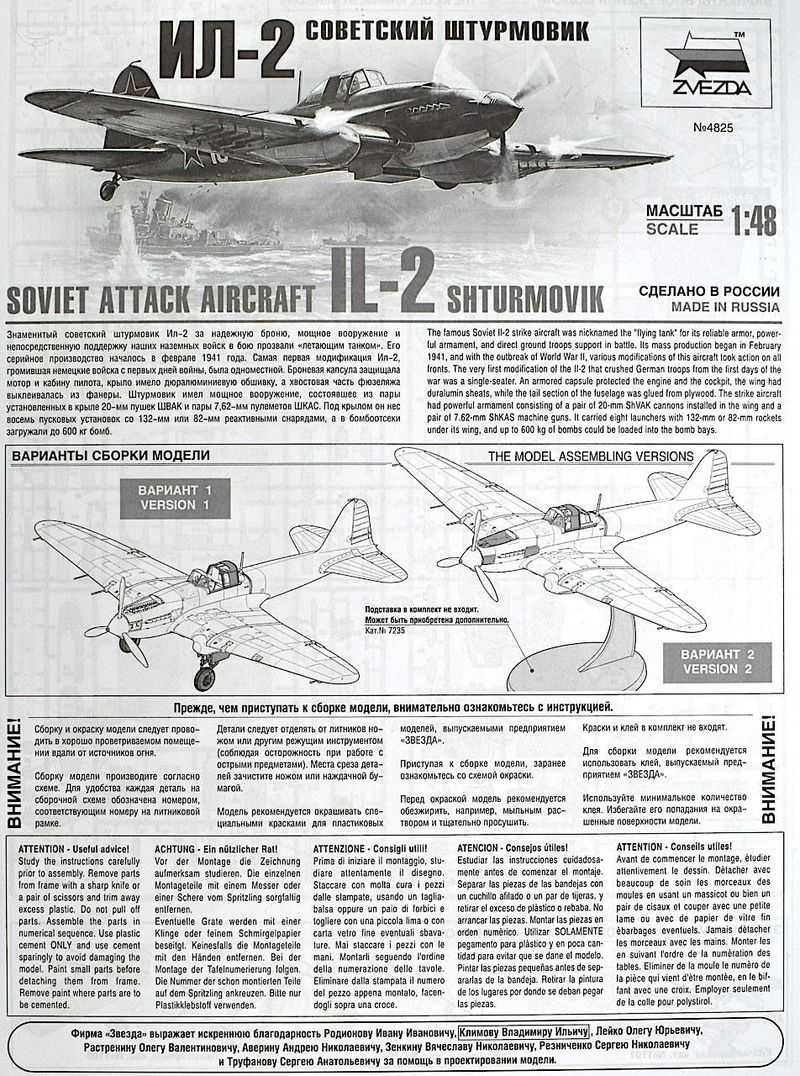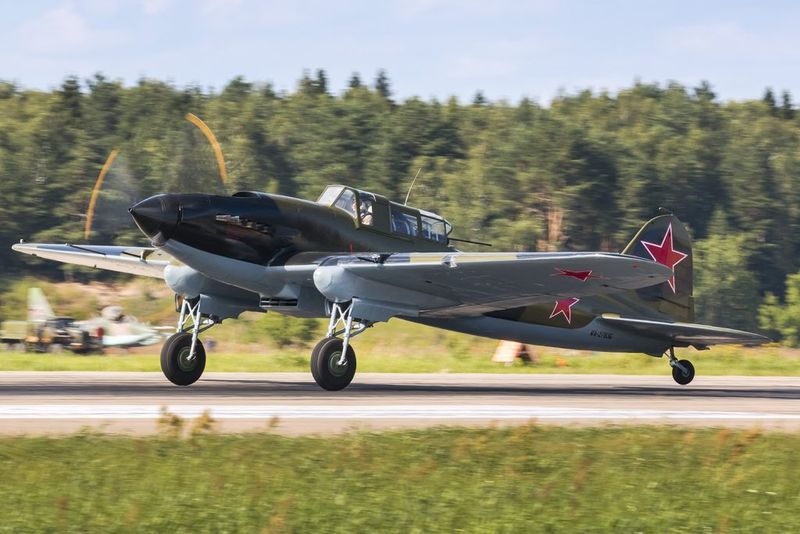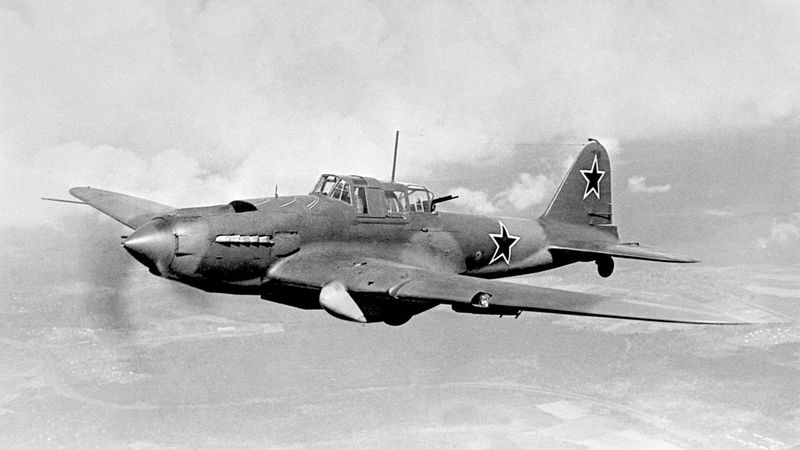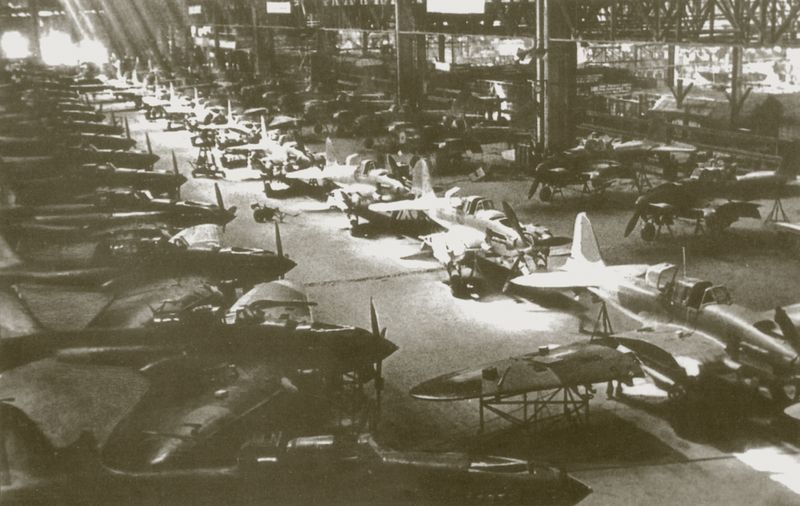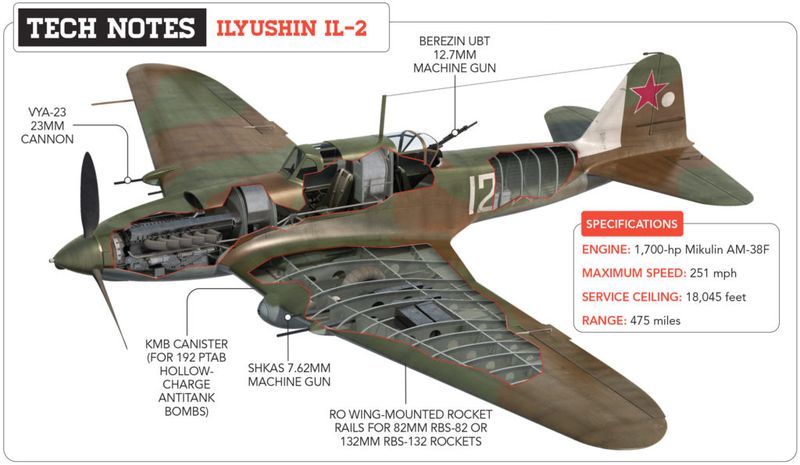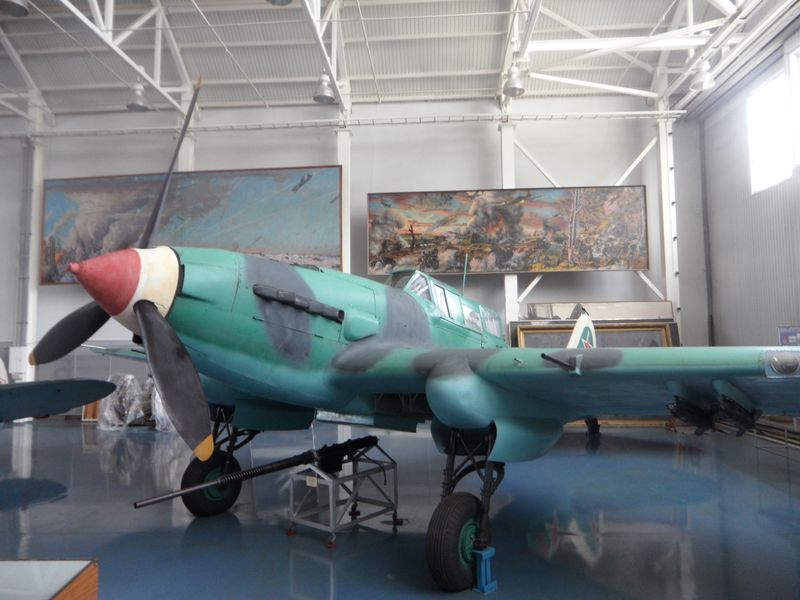Discover the fascinating story of the Il-2 Sturmovik, known as the ‘Flying Tank.’ This legendary aircraft played a pivotal role during World War II with its unmatched armor, devastating firepower, and historical significance. Explore six intriguing facts about this remarkable warbird, its design, combat performance, and post-war legacy.
1. Designed to Survive: The Birth of the “Flying Tank”
The Il-2 Sturmovik, designed by Sergei Ilyushin in 1938, took its first flight in 1939 and entered service in 1941. Its primary role was ground-attack, providing close air support. The aircraft was constructed with a 5-12mm armored shell, enveloping the cockpit and engine, making it resilient against small-arms fire and shrapnel. Stalin demanded increased production, famously stating, “They are as essential to the Red Army as air and bread.” This demand highlighted its critical role on the battlefield, becoming a symbol of Soviet resilience during World War II.
2. Unmatched Armor – Why It Earned the “Flying Tank” Nickname
The ‘Flying Tank’ earned its nickname thanks to its formidable armored ‘bathtub,’ a steel tub up to 12mm thick protecting the pilot against bullets and flak. Its self-sealing fuel tanks reduced fire risk, enhancing survivability. However, early single-seat models experienced high losses, leading to a two-seat version (Il-2M) in 1942. Despite its robust armor, German pilots learned to exploit its weaknesses by attacking from below, where the armor was less comprehensive. This strategic adaptation underscored the ongoing cat-and-mouse battle of innovations during the war.
3. Devastating Firepower – A Ground Attacker’s Nightmare
Armed to the teeth, the Il-2 carried an intimidating array of weapons. It featured 2 × 23mm VYa-23 cannons, later upgraded to 37mm NS-37 for tank-busting, and 2 × 7.62mm ShKAS machine guns. Its payload included up to 1,320 lbs of bombs, such as PTAB anti-tank cluster bombs, and 8 × RS-82 or RS-132 rockets. The PTAB bomblets could penetrate 70mm of armor, making it a formidable foe against German tanks. This lethal combination of firepower established the Il-2 as a relentless force on the battlefield.
4. Mass Production – The Most Built Aircraft in History?
With a staggering total of approximately 36,183 units produced, the Il-2 Sturmovik holds the record as the most-produced military aircraft in history. Soviet factories, strategically relocated beyond the Urals to avoid German bombing, churned out 40 aircraft per day at peak production. Later models featured a simplified design with a wooden rear fuselage to conserve metal. The sheer scale of production reflected the aircraft’s importance in Soviet military strategy, playing a crucial role in supporting ground forces on the Eastern Front.
5. Combat Performance – How Effective Was It?
The Il-2 Sturmovik was a formidable opponent in combat, destroying thousands of tanks, trucks, and artillery pieces. It played a pivotal role in the Battle of Kursk in 1943, breaking German armored assaults. However, its slow speed of approximately 250 mph made it vulnerable to fighters like the Bf 109. Early in the war, high loss rates were reported, with up to 50% per mission before rear gunners were added. German soldiers, fearing its relentless attacks, dubbed it the ‘Black Death,’ a testament to its feared combat prowess.
6. Post-War Legacy & Surviving Aircraft
Phased out in the 1950s, the Il-2 Sturmovik left a lasting legacy. Few have survived, but restored examples can be found in Russia, Finland, and the U.S. This aircraft inspired later Soviet attack planes, including the Su-25 ‘Frogfoot.’ Its enduring influence in military aviation history is a testament to its innovative design and battlefield effectiveness. The surviving aircraft serve as a reminder of the technological advancements and strategic importance of ground-attack aircraft during World War II.

